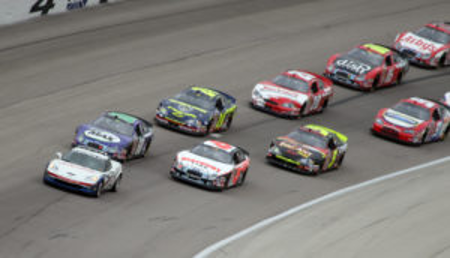Although titled “Driving vehicle at safe speed,” the Pennsylvania statute found in §3361 of Title 75 is sometimes referred to as the “assured clear distance ahead” rule. The rule requires that “no person shall drive a vehicle at a speed greater than is reasonable and prudent under the conditions and having regard to the actual and potential hazards then existing, nor at a speed greater than will permit the driver to bring his vehicle to a stop within the assured clear distance ahead.” 75 Pa. C.S.A. § 3361.
This well-established rule requires the operator to keep his automobile under such control so that he can always stop within the distance that he can clearly see. Levey v. DeNardo, 725 A.2d 733 (Pa. 1999). It means only what it says, i.e., clear distance that is assured or can be reasonably depended on, not guaranteed. Turner v. Smith, 346 A.2d 806 (Pa. Super. 1975).
Although the assured clear distance rule generally applies to static or essentially static objects, the Pennsylvania Supreme Court has held that the distinction between a moving or static obstacle is rendered meaningless where the evidence suggests either that the driver would not have seen the obstacle in time to avoid a collision and/or would not have reasonably foreseen the occurrence of the obstacle, even if prudent. Lockhart v. List, 665 A.2d 1176, 1182-83 (Pa. 1995).
In contrast, the sudden emergency doctrine has generally been applied to “moving instrumentalities unexpectedly thrust into the driver’s path.” Lockhart at 1182. The “sudden emergency doctrine” may be used as an affirmative defense by a driver who suddenly and unexpectedly is confronted with a perilous situation that permits little or no opportunity to apprehend the situation and act accordingly. Its purpose is to alleviate the standard of care for a motorist confronted with an abrupt and unforeseeable circumstance and a shortness of time to react. However, a driver that raises the sudden emergency doctrine as a defense may not be guilty of careless or reckless driving.
Examples of sudden emergencies that may render the assured clear distance ahead rule inapplicable include a dust cloud, a moving object, a sudden blocking of the road, as well as the sudden swerving of other vehicles or blinding lights. Unanagst v. Whitehouse, 344 A.2d 695 (Pa. Super. 1975). Other examples include when a motorist hits the car in front of him after another car suddenly turns into the path of the first car. Levey v. DeNardo, 725 A.2d 733 (Pa. 1999).
Regardless of whether an obstacle is moving or stationary, if there is any evidence to suggest that an emergency situation existed, it is proper to instruct the jury on both the assured clear distance ahead rule and the sudden emergency doctrine.

